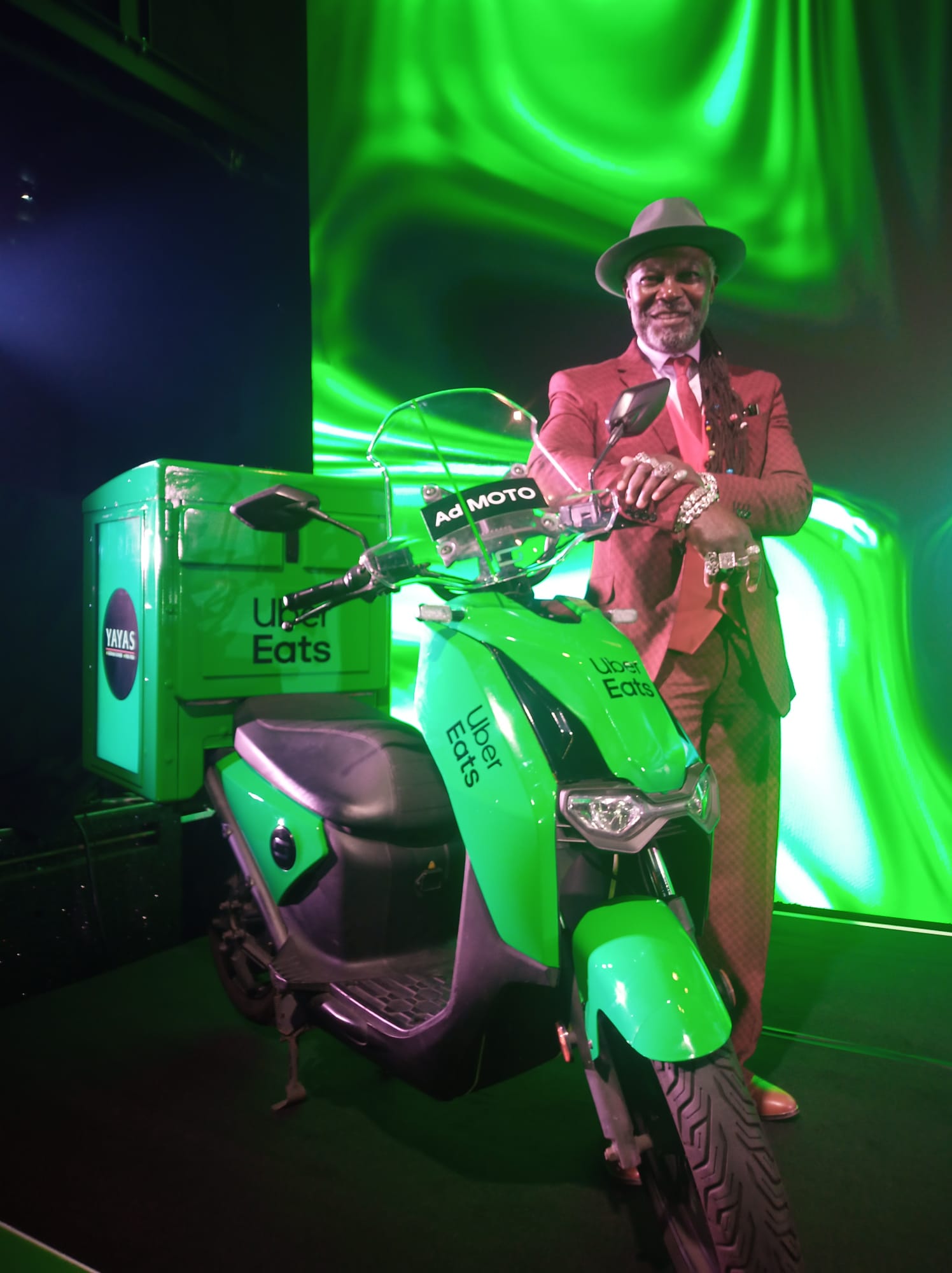
I discovered something remarkable while investigating the advertising potential behind Uber Eats’ massive electric vehicle initiative. What started as a sustainability partnership with Vmoto could accidentally become the most disruptive outdoor advertising platform Europe has ever seen.
The numbers tell an extraordinary story. When 100,000 electric scooters equipped with Ad-MOTO’s Ad-BOX technology hit the streets of Amsterdam, Berlin, Brussels, Lisbon, London, Madrid, and Paris, they won’t just be delivering food. They’ll be operating as mobile billboards generating over £4 billion annually in advertising revenue.
The Eye-Level Advantage
Traditional outdoor advertising fails because it’s positioned wrong. Billboards tower above us, fighting for attention against sky and buildings.
Ad-MOTO’s approach flips this completely. Their three-screen Ad-BOX system operates at eye level, capturing attention from every angle as scooters move through city streets. When you’re sitting in a restaurant and an illuminated screen passes by your window, you can’t help but look.
The technology captures viewers on both sides of the road plus anyone following behind. It’s constant, moving, and positioned exactly where human eyes naturally focus during urban navigation.
Data Intelligence Beyond Advertising
I learned that each Ad-BOX collects nearly a billion data points monthly from just 100 scooters. Scale that to 100,000 units, and you’re processing unprecedented volumes of urban intelligence.
This data reveals vehicle speed, demographic information of passersby, environmental conditions, and precise location analytics. Cities gain insights into traffic patterns and pollution levels. Retailers understand foot traffic with surgical precision.
The platform operates like “Google AdWords for outdoors,” enabling hyperlocal targeting that traditional advertising can’t match. A McDonald’s in Soho can push breakfast ads specifically to their postcode during morning hours, directing customers to their exact corner location.
The Revenue Reality
Each individual Ad-BOX generates over £40,000 annually. With 100,000 units across Europe’s densest urban markets, the revenue potential exceeds £4 billion per year.
But the real value isn’t just advertising space. It’s proximity data and foot traffic intelligence that retailers and city planners desperately need. This dual revenue stream could subsidize the entire electric vehicle transition while creating a new category of urban data services.
What began as an environmental initiative could accidentally solve the economics of sustainable delivery while creating Europe’s most valuable advertising network. The question isn’t whether this will work, but whether anyone is prepared for how quickly it will transform urban advertising forever.
